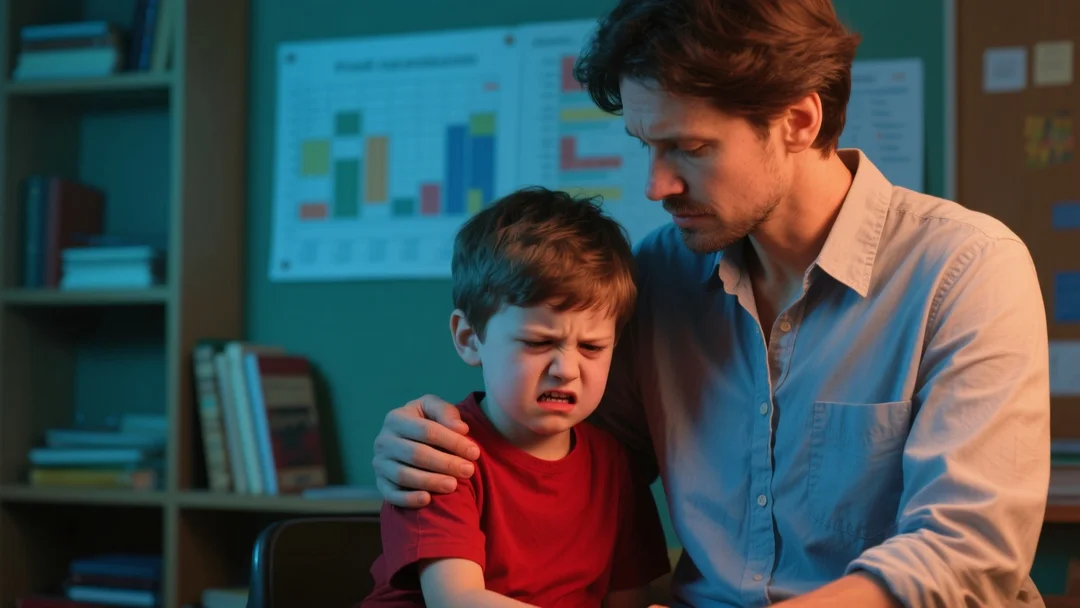When young children get upset, they often express frustration through physical behaviors like screaming, kicking, or even hitting—not because they’re “bad,” but because they lack the skills to regulate big emotions. As parents, we can teach them healthier ways to cope.
Why Kids Struggle with Anger
- Limited verbal skills: Young children can’t always articulate their feelings, leading to physical outbursts.
- Underdeveloped impulse control: The brain’s self-regulation systems are still maturing.
- Overwhelm: Frustration, fatigue, or unmet needs can trigger explosive reactions.
Proven Strategies to Teach Self-Control
1. Validate Their Feelings
Instead of dismissing anger, acknowledge it:
“I see you’re really mad right now. It’s okay to feel that way.”
This builds emotional awareness without shame.
2. Encourage Words Over Actions
Help them label emotions:
“Are you feeling angry because your sister took your toy?”
With practice, kids learn to express themselves verbally instead of physically.
3. Teach Calm-Down Techniques
- Pause & breathe: Practice deep breathing together.
- Take space: Create a “cool-down corner” with calming tools (stuffed animals, books).
- Physical outlets: Squeeze a stress ball or stomp feet (safely).
4. Set Clear Boundaries
“It’s okay to be angry, but it’s not okay to hit.”
Explain consequences calmly and consistently.
5. Model Healthy Responses
Kids learn from watching you. Narrate your own emotions:
“I’m frustrated too, so I’m going to take a deep breath first.”
When to Intervene
If tantrums escalate to aggression (hitting, biting):
- Stay calm—your reaction sets the tone.
- Remove the child from the situation if needed.
- Reconnect later to discuss better choices.
Long-Term Goal
Anger is normal; the key is teaching kids to recognize, express, and manage it constructively. With patience and consistency, they’ll develop lifelong emotional skills.
Need more help? Try role-playing scenarios or ask a pediatrician for resources!








